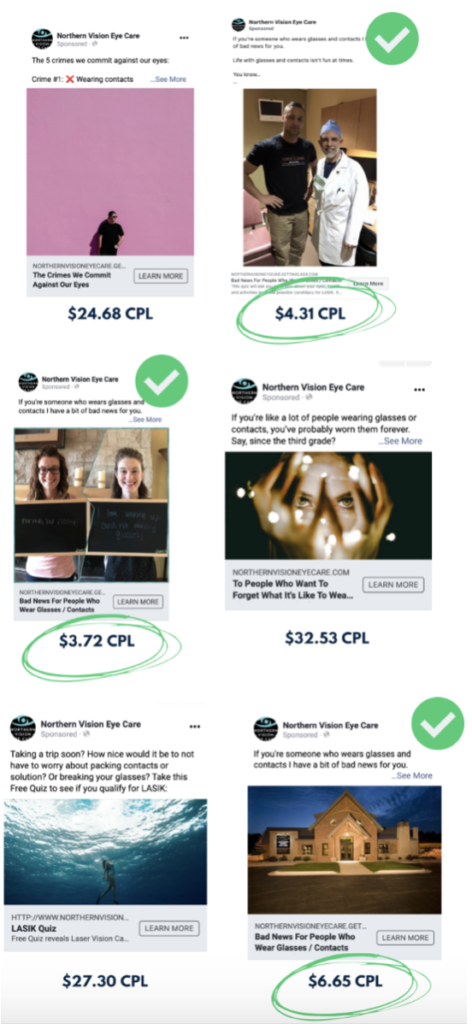Pressing the skip ad button is a necessary evil of watching videos on YouTube. It’s 4-5 seconds you can’t get back, but tolerable to get to what you want. However, for the first time in my viewing history, I actually watched this ad for Pillow Cube.
It is a 2-minute masterpiece in storytelling that is both funny and attention-keeping and got me to want to purchase one. The ad follows a key principle from Donald Miller’s StoryBrand framework: First, define the problem, then provide the solution and describe the expected result. The Pillow Cube ad works for me because, yes, I love dreaming about tacos!
This example of great advertising contrasts with what I see in most of the advertising done by medical practices, which is poor. The top mistakes I see:
Trying to make the ad do too much
Placing the doctor in the hero role
Promoting discount pricing
Admittedly, I’m not a big fan of paid advertising and prefer that marketing budgets get used to enhance the patient or staff experience. It’s a matter of sustainability and building long-term brand equity rather than being dependent on paid advertising to generate new leads.
But I have come to accept that advertising – especially in digital platforms and social media – has a role in creating awareness and generating interest and consultations. With this in mind, I’d like to introduce an expert in this area, Nick Sideris, and his company Patient Pipeline.
Nick and his team help practices build their leads funnel using organic and paid social media posts. His first and primary goal is to “stop the scroll.” Our brains are trained to ignore advertising. With social media, you want to avoid having your post look like an ad. What I find so interesting in his work is that the lower quality (i.e., less polished) images do much better at getting people to stop and read the copy. As shown in the examples below, the “homemade” images wildly outperform the professional stock photography as measured by cost-per-lead (CPL) in these ads that were run in an A-B test on Facebook:


Nick’s findings echo an insight from Beyond Bedside Manner titled “Know Your Customer.” When I noted above that most physician advertising tries to do too much, the point is that too often, doctors want to approve ads that they would find appealing. But that logic doesn’t work when you realize the doctor isn’t the target audience! As I’ve said to many doctors, when it comes to advertising, “you are not your customer.”
For this reason alone, I recommend that doctors don’t write their own social media posts and instead hire a “professional,” which means someone likely in their 20s-30s who has grown up with social media and understands current trends and memes and how they can be adapted to promote elective procedures.
Regardless of the form of advertising, Nick’s #1 rule is one to be remembered. You want the message and imagery to have stopping power so the person doesn’t skip the ad by turning the page, changing the station/channel, or scrolling to the next post. Otherwise, you’re just wasting money on advertising that could be better spent.

